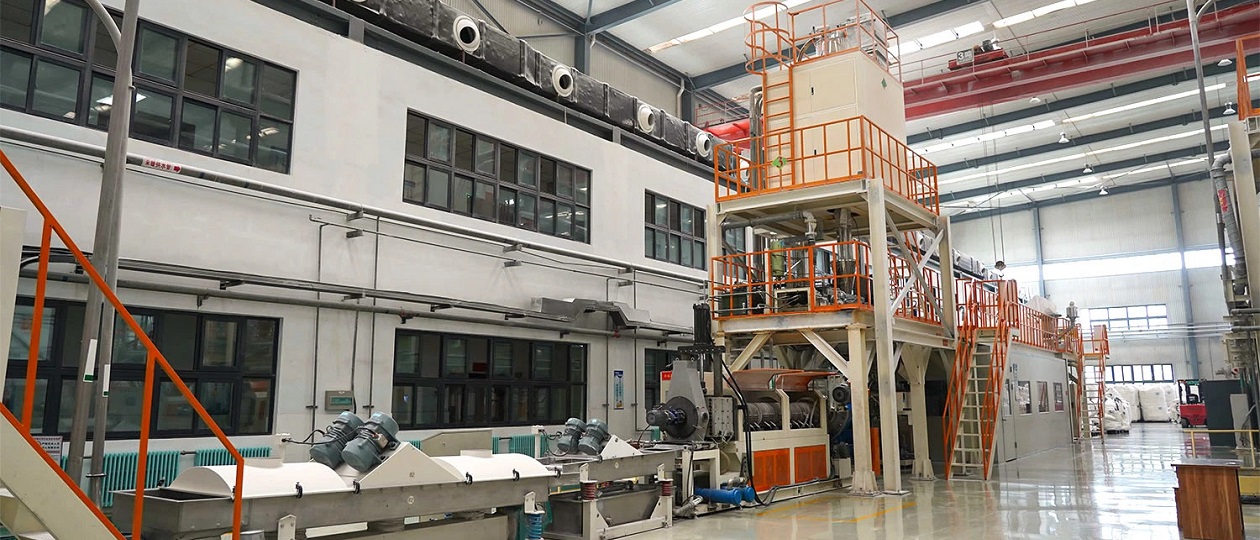Stone paper, also known as limestone paper, rock paper, generically called bioplastic paper, mineral paper or mineral rich paper, is a type of paper-like, strong and durable material made from calcium carbonate bonded with a small amount of high-density polyethylene resin (HDPE).
Stone Paper material has a density ranging from 1.0 to 1.6 g/cm3, which is equal to or slightly higher than ordinary paper, and a texture somewhat similar to the outer membrane of a boiled egg. It can be recycled with #2 plastics or re-made into a mineral-rich paper, and is non-biodegradable but photodegradable under the right conditions.
Because it is not made from wood fibres, depending on the application, have a smoother surface than most traditional paper products, eliminating the need for coating or print lamination.
The virgin calcium source comes from mines reduced to fine white calcium carbonate powder. No water, acid, lye or optical brighteners are used in the production of products. It is infinitely recyclable in itself, otherwise only if it is recycled separately at dedicated civic sites.
Stone paper products are compatible with inkjet or solid ink printers (e.g. offset, letterpress, rotogravure, flexo), but do not respond well to very high temperature laser printers.
Like any type of paper, it has a number of advantages and disadvantages due to its characteristics.
Advantages
It is water and tear resistant.
This paper has no grain direction, making it incredibly smooth compared to normal paper.
It is less environmentally damaging, as the CO2 is neutralised by the trees. By cutting down trees to make paper, the earth is less able to handle CO2 emissions, which play a major role in climate change.
The paper is easy to recycle because it is photodegradable. It dissolves over time when exposed to sunlight.
Disadvantages
It cannot be used to the same extent with printers because it is more sensitive to heat than normal paper.
It degrades if left too long in the sun.
It is more expensive to manufacture than normal paper and therefore more expensive for consumers and businesses to purchase.
Some of the most frequent uses for which stone paper is used are:
Stationery
Brochures
Posters
Books
Magazines
Bags
Packaging
Wallpaper
Stickers
Labels
Plates
Trays
Containers
Maps
Comparisons have been made between products made from stone paper and traditional paper for applications such as book printing in Europe.
If the paper products were to replace coated and uncoated graphic paper in Europe, CO2 generation could be reduced by 62%, water consumption by 99.2% and wood use by 100%.
These results depend, however, on the type of calcium carbonate used for stone paper products and the origin of the HDPE.
The proportion of oil needed to make virgin HDPE for stone paper products is such that large-scale substitution of traditional paper could save 46% of the oil consumption of the current European graphic paper supply with virgin and recycled components.






